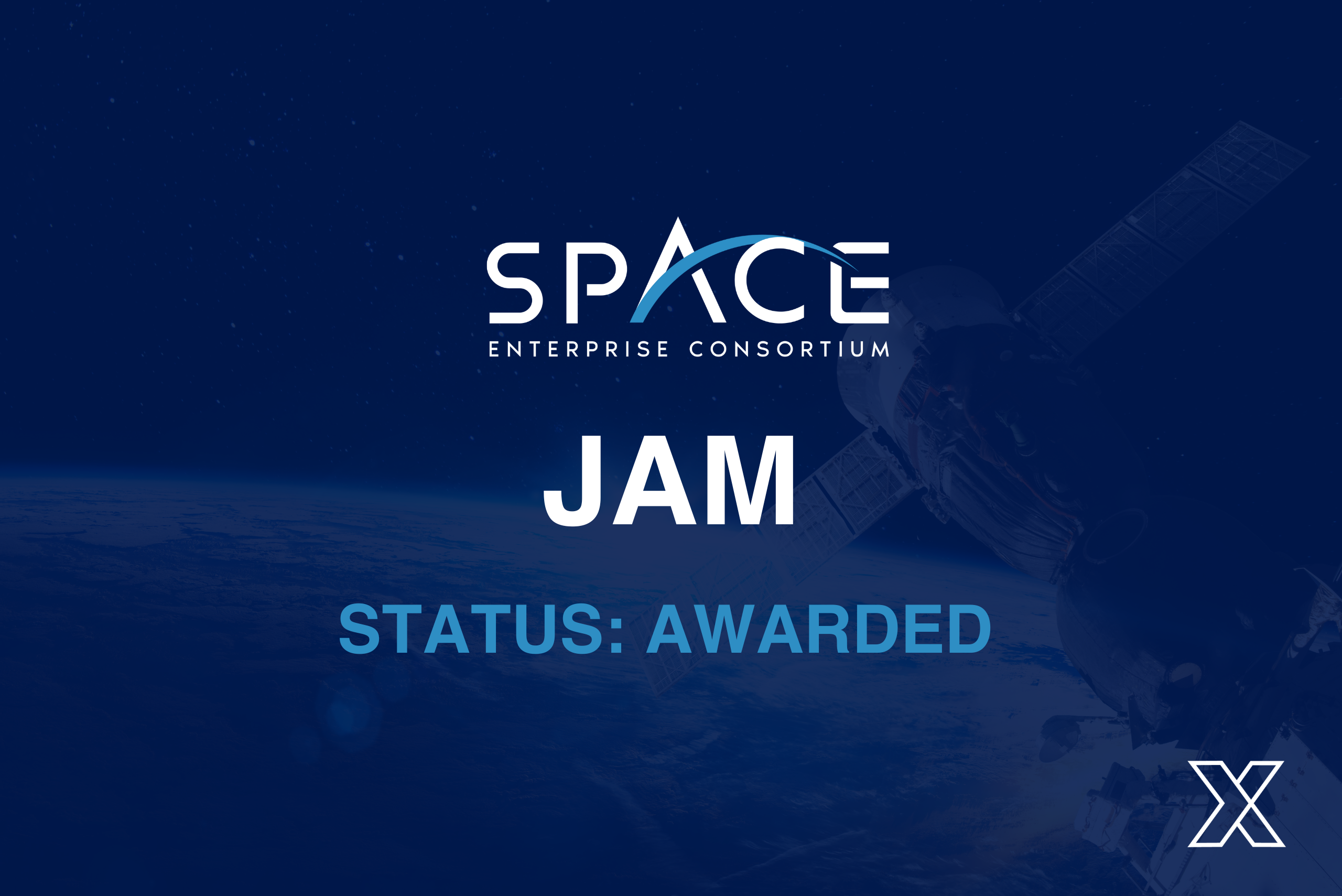Innovative Strategies for Managing Space Debris and Protecting Our Orbit
July 25, 2024

Space debris, often referred to as “space junk,” includes defunct satellites, spent rocket stages, and fragments from disintegration, erosion and collisions.
With over 34,000 pieces of debris larger than 10 cm and millions of smaller fragments orbiting Earth, the threat to active satellites, space missions, and even the International Space Station (ISS) is ever-present.
The Evolution of Space Debris
As space technology advances, so too does the challenge of managing space debris. In the early days of space exploration, debris primarily consisted of fragments from early rocket stages and defunct satellites.
However, with the increasing number of satellites and space missions, the debris population has evolved into a more complex and dynamic issue. Today, we face a growing risk of debris created by collisions with older satellites, which can create even more.
Also, the rise of mega-constellations—large networks of small satellites—introduces new challenges for debris management.
Why Space Debris Management Matters
Collision Risks
Space debris travels at speeds up to 28,000 km/h. At such high velocities, even small fragments can cause significant damage to operational spacecraft. Collisions threaten the safety of astronauts and jeopardize critical services such as weather forecasting, communications, and GPS navigation.
The financial stakes are immense; the cost of replacing satellites and launching new missions increases the financial burden on space-faring nations and companies. Ensuring the long-term sustainability of space activities is vital. If left unchecked, debris could render some orbits unusable, limiting future space exploration and commercial opportunities.
Economic Impact
The financial stakes are immense. Damage to satellites can disrupt essential services, leading to economic losses. The cost of replacing satellites and launching new missions increases the financial burden on space-faring nations and companies.
Moreover, industries that rely on satellite data, such as telecommunications, agriculture, and transportation, could face significant operational disruptions. Investment in space debris management technologies and strategies could save billions in the long term by preventing collisions and maintaining the integrity of satellite-dependent services.
Sustainability of Space Exploration
Ensuring the long-term sustainability of space activities is vital. If left unchecked, debris could render some orbits unusable, limiting future space exploration and commercial opportunities. Sustainable space practices involve not only active debris removal but also designing satellites and missions with end-of-life disposal plans.
By addressing the space debris issue now, we can preserve the space environment for future generations.
Strategies for Managing Space Debris
Active Debris Removal (ADR): Technologies are being developed to actively remove debris from orbit. These include robotic arms, harpoons, nets, and even lasers designed to capture or redirect debris to burn up in Earth’s atmosphere.
End-of-Life Protocols: Satellites and spacecraft are being designed with end-of-life strategies, such as de-orbiting mechanisms or moving to “graveyard” orbits to prevent them from becoming hazardous debris.
Tracking and Monitoring: Advanced tracking systems are crucial for monitoring space debris. Accurate tracking helps predict potential collisions and enables timely maneuvers to avoid them.
NSTXL’s Commitment to Space
At NSTXL, we are at the forefront of tackling the space debris challenge. Our mission is to foster innovation and support the development of cutting-edge technologies to address this issue.
Here are some of the key projects we are currently releasing:
- Data Exploitation and Enhanced Processing for Space Domain Awareness (DEEP SDA), a project awarded under the Space Enterprise Consortium (SpEC) Other Transaction Authority (OTA), is designed to fill gaps in space domain coverage. It aims to do this by leveraging existing star trackers to collect and exploit data in real-time.
- Data Exploitation and Enhanced Processing-Radio Frequency (DEEP-RF): This project focuses on Space Domain Awareness.
- Missile Track Custody Optical Crosslink Terminal Demonstration (MTC Crosslink): The MTC Crosslink project focuses on Space Electronics.
- Enterprise OPIR Solution (EOS): The Enterprise OPIR Solution (EOS) project focuses on Space Domain Awareness.
Additionally, some SpEC members, like Saber Astronautics, are pushing the limits and innovating in space mission control technologies; in order to combat the overcrowding atmosphere. Watch the video below to learn more about their mission:
Another highlight of the steps SpEC members are taking towards furthering space awareness is that of Advanced Space. In the video below, Advanced Space details their experience being awarded the Oracle contract through the SpEC OTA, a prototype project focused on space object detection and tracking in cislunar (XGEO) space:
As we continue to push the boundaries of space exploration, NSTXL remains committed to ensuring the safety and sustainability of our orbital environment. By investing in innovative space debris management technologies, we are paving the way for a safer, more secure future in space.
Stay tuned for more updates on our latest projects and initiatives in space debris management. Together, we can protect our valuable space assets and ensure the continued growth and exploration of the final frontier.





